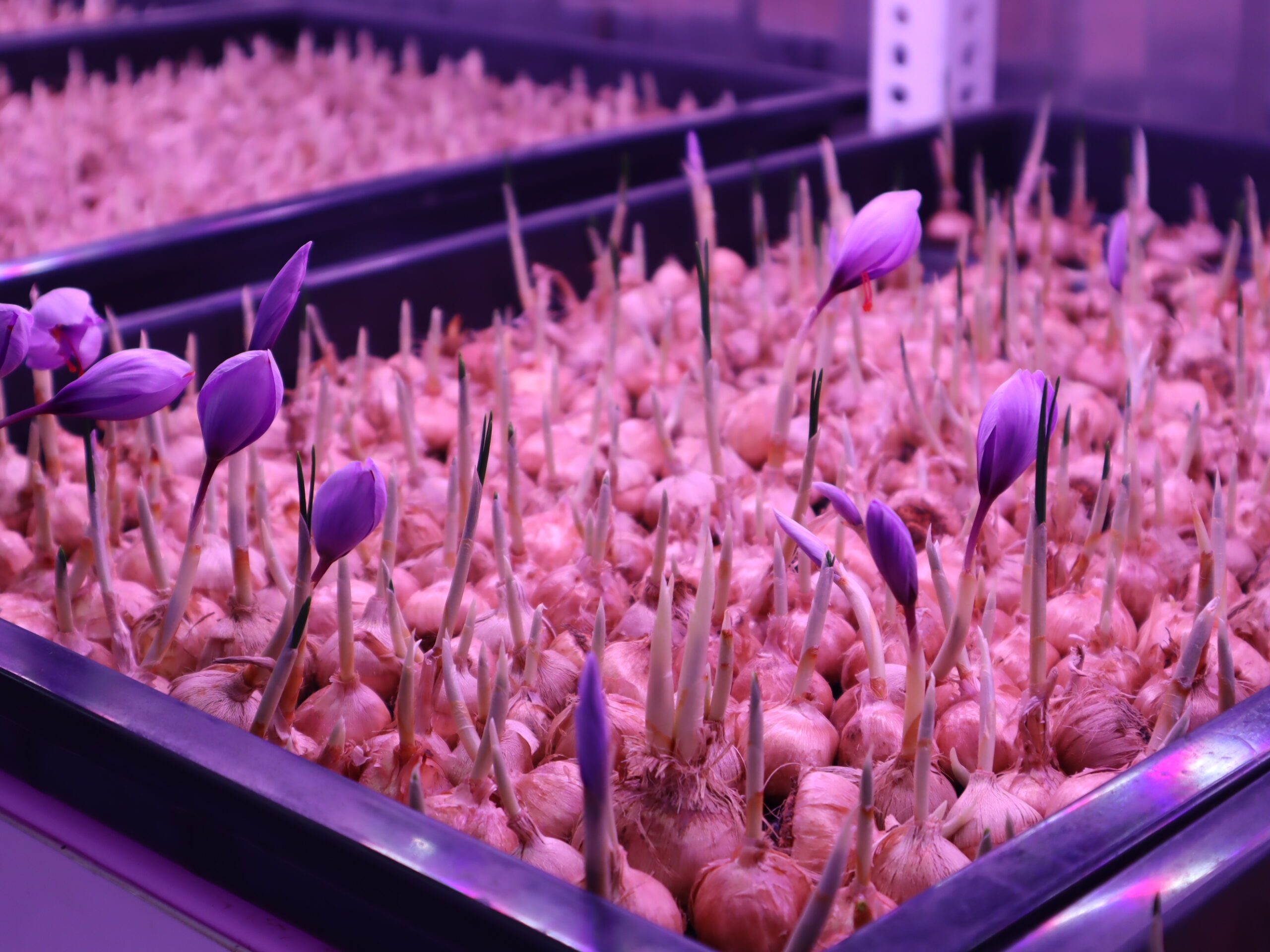
Sustainable Spice: How Hydroponic Saffron Farming Redefines Agricultural Practices
Introduction:
In an era marked by growing concerns about environmental sustainability and food security, the agricultural industry is undergoing a transformation towards more innovative and eco-friendly practices. Among the crops at the forefront of this movement is saffron, a prized spice known for its rich flavor, vibrant color, and numerous health benefits. Traditionally cultivated in soil-based systems, saffron farming is now embracing hydroponic techniques, offering a sustainable alternative that redefines agricultural practices. In this blog, we’ll explore how hydroponic saffron farming is revolutionizing the spice industry and promoting environmental stewardship.
Saffron Cultivation:
A Traditional Legacy:
For centuries, saffron has been cultivated using traditional soil-based farming methods, often in regions with specific climatic conditions conducive to its growth. However, these conventional practices pose several challenges, including water scarcity, soil degradation, and reliance on chemical inputs such as fertilizers and pesticides. As global demand for saffron continues to rise, the need for more sustainable cultivation methods becomes increasingly urgent.
Hydroponic Innovation:
Redefining Saffron Farming: Hydroponic saffron farming represents a modern approach to spice cultivation that eliminates many of the limitations associated with traditional methods. By growing saffron plants in nutrient-rich water solutions, hydroponic systems offer several key advantages:
- Water Conservation: Hydroponic saffron farming significantly reduces water usage compared to traditional soil-based cultivation. By recirculating and recycling nutrient solutions, hydroponic systems minimize water waste, making them particularly suitable for regions facing water scarcity and drought conditions.
- Soil Preservation: Unlike soil-based farming, hydroponic saffron cultivation does not require arable land, preserving soil health and preventing erosion. This sustainable practice helps conserve natural resources and protects fragile ecosystems, promoting long-term agricultural viability.
- Enhanced Nutrient Management: Hydroponic systems allow growers to precisely control nutrient levels and pH balance, ensuring optimal plant nutrition and minimizing the need for chemical fertilizers. This targeted nutrient delivery promotes healthier plant growth and reduces nutrient runoff, mitigating environmental pollution.
- Pest and Disease Control: The soil-free environment of hydroponic saffron farms reduces the risk of soil-borne pests and diseases, minimizing the need for chemical pesticides. Integrated pest management strategies can further enhance pest control, fostering a more balanced and sustainable agricultural ecosystem.
- Climate Resilience: Hydroponic saffron farming enables growers to create controlled environments that optimize growing conditions regardless of external climate fluctuations. This climate resilience ensures consistent saffron quality and yield, reducing the vulnerability of crops to adverse weather events and climate change impacts.
The Future of Sustainable Saffron Farming:
As awareness of environmental issues continues to grow, the demand for sustainably produced saffron is expected to increase. Hydroponic farming offers a promising solution to meet this demand while addressing the challenges of traditional cultivation methods. By embracing hydroponic techniques, saffron growers can contribute to a more sustainable and resilient agricultural future.
Conclusion:
Hydroponic saffron farming represents a paradigm shift in agricultural practices, offering a sustainable and innovative approach to spice cultivation. By harnessing the power of hydroponic systems, growers can conserve water, protect soil health, and reduce environmental impact while ensuring the production of high-quality saffron. As the global spice industry evolves towards greater sustainability, hydroponic saffron farming stands out as a beacon of hope for a more resilient and environmentally conscious future.


